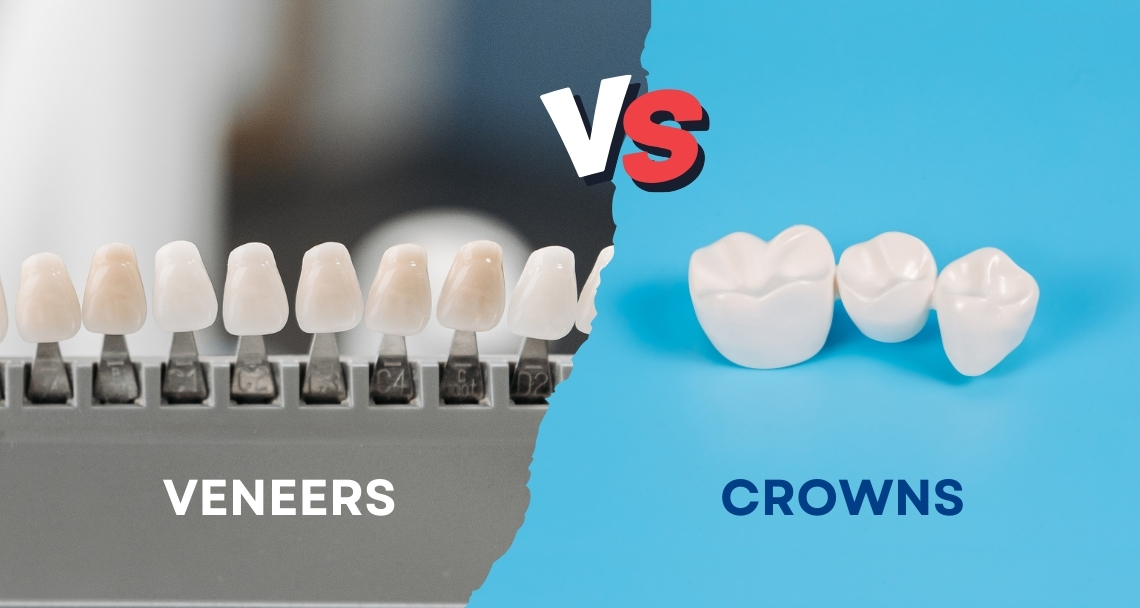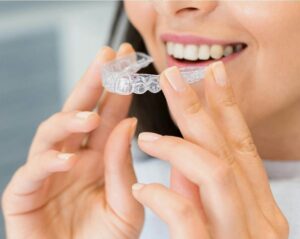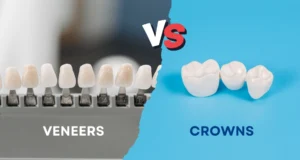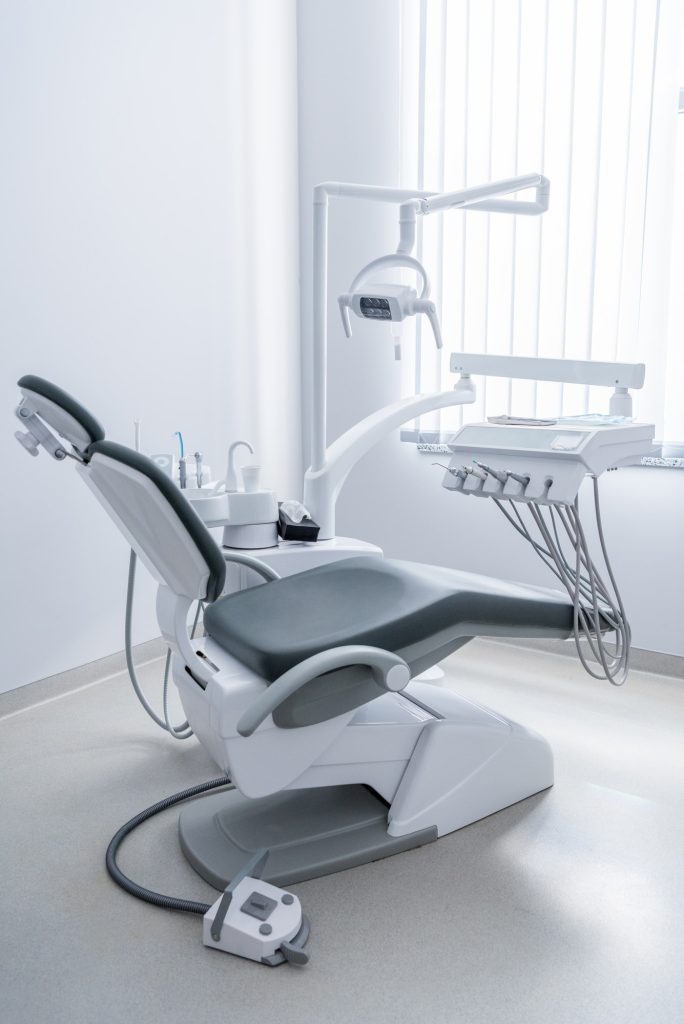You’ve probably heard of both crowns and veneers being used in cosmetic dentistry, but how do they actually differ?
Whether you’re considering a smile makeover or repairing damaged teeth, it’s important to understand which option suits your needs best. Below, we break down everything you need to know about the difference between crowns and veneers from how they’re used, to which might be better for you.
What Are Dental Crowns and Veneers?
Crowns and veneers are both types of dental restorations designed to improve the appearance, function, and strength of your teeth.
The main difference lies in how much of your natural tooth they cover. Crowns cover the entire tooth, whereas veneers only cover the front surface. They are used for different purposes, depending on your dental needs.
When Would You Choose a Crown Over a Veneer?
Crowns are generally used when a tooth is severely damaged, decayed or weakened. They act like a protective cap that restores the tooth’s shape and function.
You might need a crown if:
- You’ve had a root canal treatment
- Your tooth is cracked or broken
- There’s extensive decay
- You’re replacing a large filling
In contrast, veneers are more cosmetic in nature. They are thin shells, often made of porcelain, that are bonded to the front of your teeth to improve their appearance.
You’d likely choose veneers if:
- Your teeth are stained or discoloured
- You have minor chips or gaps
- You want to reshape your front teeth for a more even smile
You can learn more about both options on our Crowns and Bridges page.
How Are Crowns and Veneers Applied?
Both procedures start with a consultation and preparation of the teeth, but the processes differ slightly.
Dental Crowns
- The tooth is shaped and filed down.
- A mould is taken and a temporary crown is placed.
- A permanent crown is fitted at a second appointment.
Crowns are custom-made to match your surrounding teeth and are typically crafted from porcelain, ceramic, or zirconia.
Dental Veneers
- A small layer of enamel is removed from the front of the tooth.
- Impressions are taken and sent to a dental lab.
- The veneer is bonded to the tooth surface during a follow-up visit.
Veneers are usually made from porcelain or composite resin and are designed to blend seamlessly into your natural smile.
To explore the full range of services offered at Radiant Smiles, visit our Our Services page.
Are Crowns or Veneers More Durable?
Durability depends on materials, oral hygiene habits, and how you use your teeth.
Crowns are generally more durable because they surround the entire tooth and provide structural support. With good care, they can last 10–15 years or even longer.
Veneers, while strong, are thinner and only cover the front of the tooth. They typically last 7–12 years, though they can chip or break if used to bite hard objects.
Regardless of your choice, regular dental check-ups and good hygiene will help extend the lifespan of both.
Not sure which is right for you? Contact us to book a consultation at Radiant Smiles Dental Bundoora.
Which Is Better for Your Smile?
There’s no one-size-fits-all answer.
- If your teeth are damaged, weakened, or decayed, crowns are the more protective and functional choice.
- If you want to enhance the look of otherwise healthy front teeth, veneers are your best bet.
The right treatment comes down to the condition of your teeth, your goals, and your budget. At Radiant Smiles Dental Bundoora, we help you choose the best solution based on a thorough consultation and digital smile design options.
Ready to Enhance Your Smile?
Understanding the difference between crowns and veneers is the first step towards making the right decision for your dental health and appearance.
At Radiant Smiles Dental Bundoora, we offer both functional restorative dentistry and cosmetic treatments to suit your unique smile. Whether you’re fixing damage or perfecting your grin, our experienced team is here to guide you through every step. Contact us today to book your consultation and take the first step toward a more confident smile.









